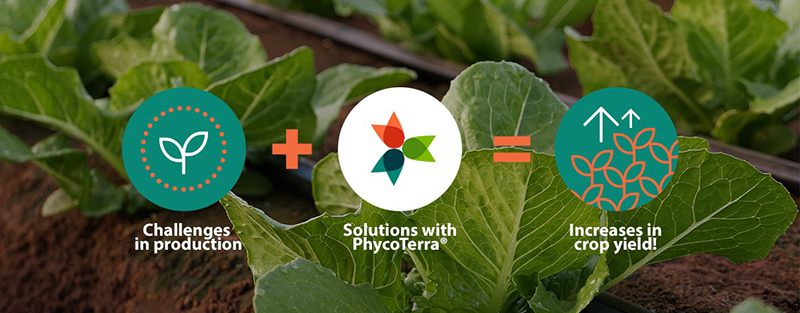How To Irrigate Almond Trees
Never let it be said that spray applicators can’t — or won’t — do what’s necessary to get good spray coverage.
It just takes the right motivation.
Last year, a dry winter followed by dust storms early in the spring left the leaves of Kern County, CA, almond trees “tattered and covered with dust,” reports David Haviland, University of California Cooperative Extension entomologist. “Last year, we didn’t get the rains we normally get. A lot of the early mite treatments didn’t work, and mite populations built up and got bad in June.” At that point, growers increased the water volumes in their spray, and slowed down while driving.
“From there, control was a cinch,” reports Haviland. “Growers got good coverage with their miticides, and the high populations early actually brought in some biocontrol. We had good populations of thrips, lacewings, and predatory beetles, and most growers got through the season with minimal to no defoliation.”
Even if spring rains keep leaves soft and tender, the state’s water situation will work against almond growers. Most will have to reduce the amount of water going to their almonds, which will increase stress on the trees. And mites love stressed trees.
That means coverage will be crucial. “Growers will have to apply adequate amounts of water — at least 100 gallons per acre — and they’ll have to go at slower speeds,” says Haviland. “Two miles per hour is ideal, although growers with powerful engine-driven rigs or smaller trees can probably go faster.”
Balancing Act
As usual in agriculture, economics are a driving force. Growers would prefer to use as little water as possible because it’s expensive to haul water to remote orchards. On the other hand, almonds remain a profitable sector of California agriculture — even with prices slumping recently — and money spent on almonds in 2009 should give an excellent return.
It’s a balancing act, especially when it comes to water volumes, agrees Chris Morgner, a pest control adviser in Merced, CA. “Let me put it this way: I’ll recommend the gallonage that a grower is capable of providing. We try to use as little water as possible, but it’s not always the water that is the problem. I had one grower spraying at 3.3 miles per hour and not getting control. He went down to 2 miles an hour and got control. Plus, we watch David Haviland’s trials. I remember reading one of his trials showing that coverage was critical with this one miticide. We tried it once at a low gallonage. It didn’t work, so we went back to the higher gallonage.”
The more gallons, though, the more expensive it is. “More gallons means a nurse tank, plus more hauling. Most times, if, I as a PCA, force a grower to go at a particular gallonage, he’ll do it. He’ll moan and groan, but he’ll do it,” says Morgner.
The “Philosophy” Of Insect Control
Controlling insects is a must in almond orchards, but growers have a different attitude toward it compared to other aspects of almond agronomics. “With insecticides, all a grower wants to achieve is control. Once that’s achieved, every extra dollar spent is a dollar wasted in his mind. So we don’t care if we get 92% or 94% control — we just want control, along with a decent residual,” says Chris Morgner, a pest control adviser in Merced, CA. “Once we achieve that’s we’ve done our job.”
That means choosing a miticide with a good track record; applying it early to mite hot spots; making sure all other application factors — including speed, weather, and nozzles — are being considered; and then using the least amount of water you can. Usually, that means 100 gallons per acre.
As for products, abamectin (Agri-Mek, Syngenta Crop Protection) is Morgner’s first choice early in the season, while “FujiMite (fenpyroximate, Nichino America) is our go-to product for a guy who didn’t apply Agri-Mek early and got mites later,” he says. “And it’s what I use in tougher conditions.”










